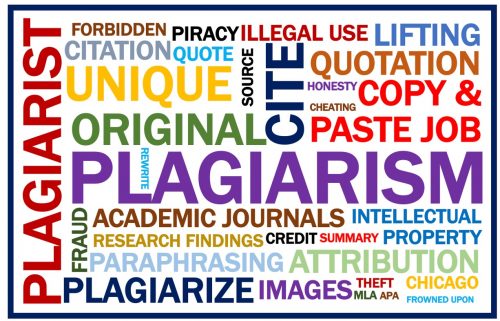What is Plagiarism – definition and examples
If you are using another person’s work or ideas as your own, i.e., you do not give proper credit, you are guilty of plagiarism.
There are many ways we can plagiarize, for example, texts. We could copy directly or paraphrase what they wrote in a way that is nearly identical to the original. If you simply use somebody else’s idea or study findings without quoting your source, you could also be plagiarizing.

In the world of academic journals, plagiarism is a big no-no. It is considered unethical and can seriously undermine the reputation of the plagiarizer. Remember, if you are guilty of plagiarism, you could be expelled from your university or research center. You could even be sued – taken to court.
Types of plagiarism
-
Images, ideas, or research
An example of plagiarism here is if you copy an image and paste it into your text without quoting its source. The same applies to other people’s ideas or research findings.
-
Copy and paste jobs
As the term suggests, this involves copying a text and pasting it into your work without proper citation.
-
Self-plagiarism
Don’t copy phrases, paragraphs, or whole texts that you had previously written and published without quoting yourself as the source. This is frowned upon and it can be seen as plagiarism.
-
Inappropriate paraphrasing
You paraphrase a section of text which is still almost identical to the original.
By accident or on purpose
Not all cases of plagiarism occur intentionally. Sometimes, the writer simply does not know how to attribute texts, etc., correctly.
Find out how to paraphrase properly. There are various website that can help you, such as plagiarism.org, grammarly.com, and scribbr.com,.
Grammarly.com has the following definition of paraphrasing:
“Paraphrasing takes an original passage and uses different words or phrases to express the same meaning. Essentially, a paraphrase just rewrites the original text in its own way.”
Cite all sources – use detection tools
If you are serious about avoiding plagiarism, you should properly cite all your sources.
You can also use online detection tools. All you have to do is copy and paste your text into a box/window and click a button. The website will tell you whether it is plagiarized or an original text, and if not, how much of it is copied directly.

